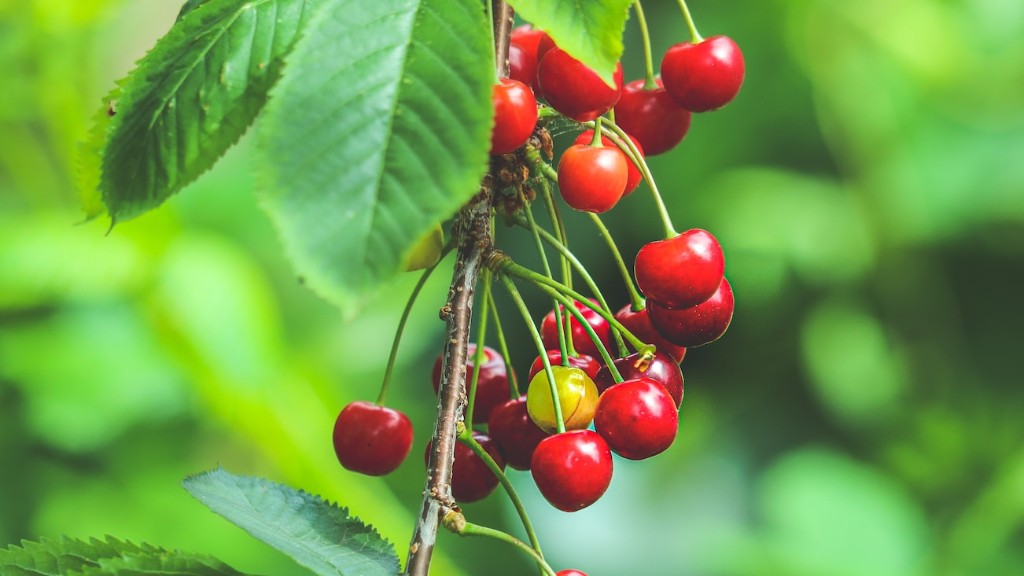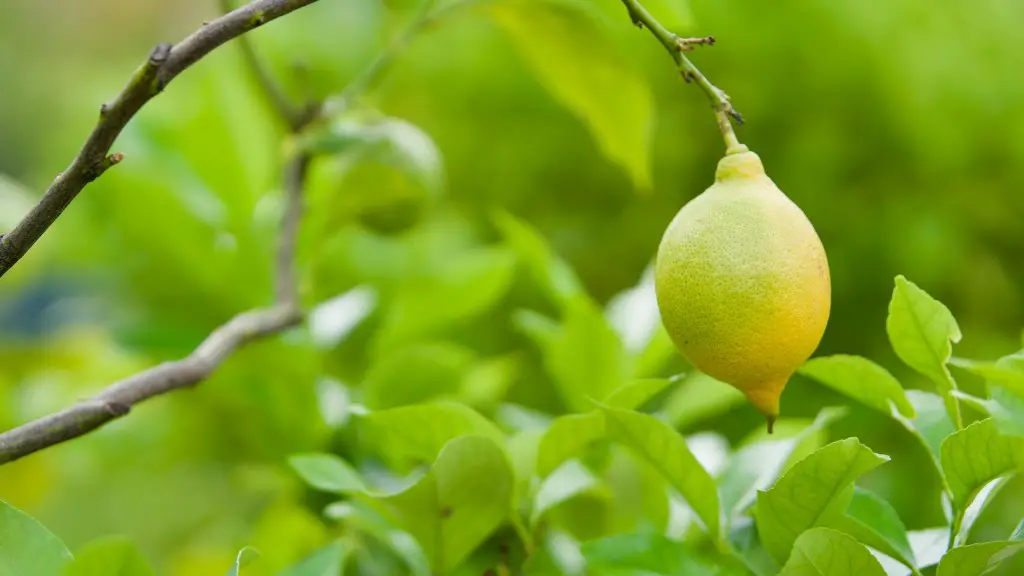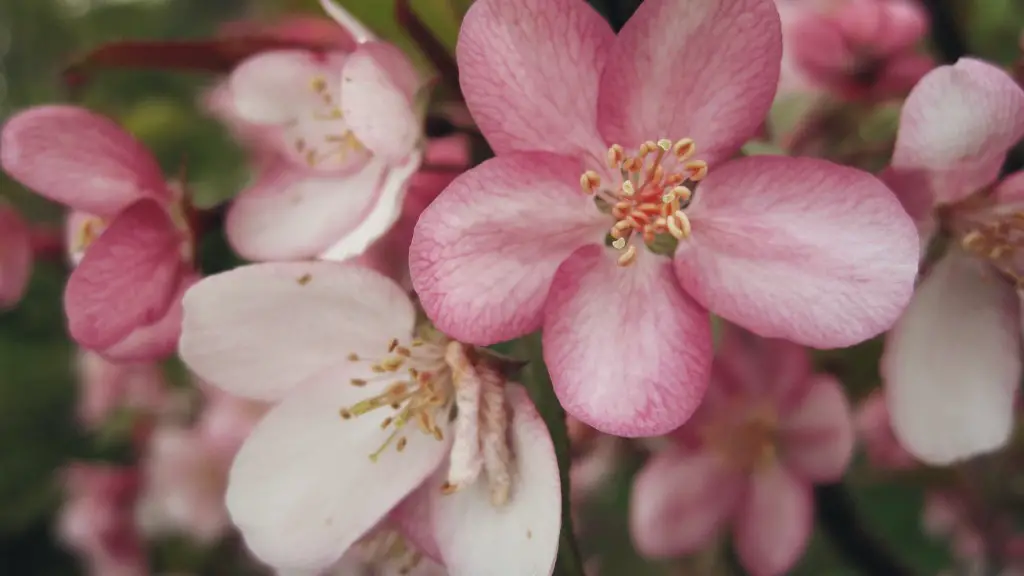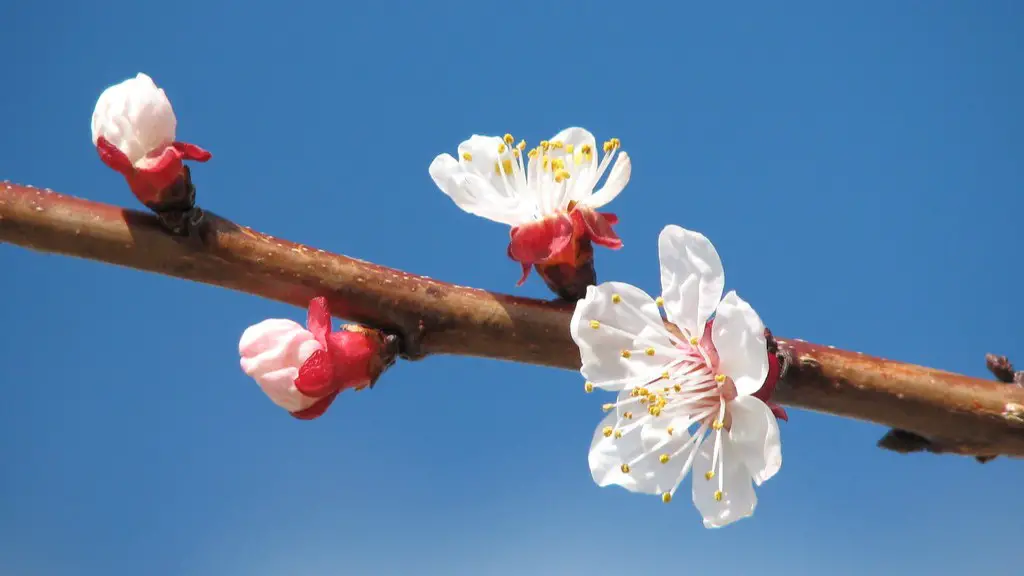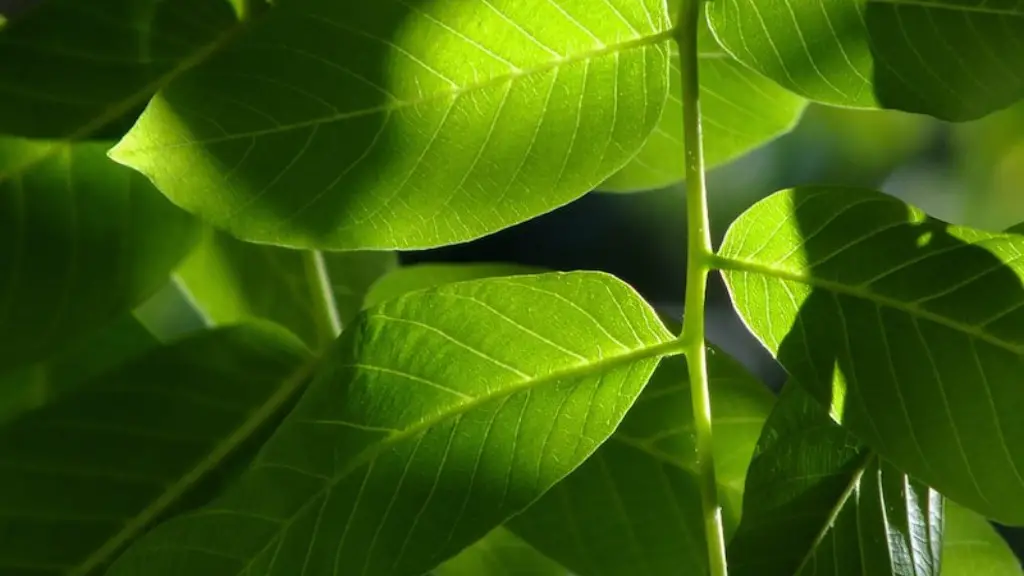If your palm tree is turning yellow and brown, it’s likely due to a nutrient deficiency or disease. Palms are susceptible to a number of problems, so it’s important to be aware of the signs and symptoms of common diseases. Nutrient deficiencies can be caused by a number of factors, including improper fertilization, soil pH, or inadequate watering. If you think your palm tree may be suffering from a deficiency or disease, it’s important to consult with a certified arborist or palm tree expert to get a diagnosis and treatment plan.
The most common reason for palm trees turning yellow and brown is due to a lack of nutrients. When palm trees do not receive the necessary nutrients, their leaves will begin to turn yellow and brown. Palm trees need a lot of nitrogen, potassium, and magnesium to stay healthy, so if these nutrients are lacking in the soil, the tree will begin to yellow and brown.
How do I treat yellow leaves on my palm tree?
If your palm trees have yellow leaves, it is likely due to nutritional deficiencies. You will need to fertilize them with a fertilizer that contains nitrogen, potassium, and magnesium in order to restore them to health.
If you see leaves on your tree with brown tips, don’t panic! This may just be a sign that the tree is stressed, and with proper diagnosis and care, it can recover. However, if the leaves are fully brown, dead, or dying, it’s okay to trim them off. Remember, though, that you never want to trim too many leaves at once, as this could over-stress the tree.
Should I cut off yellow palm leaves
If you remove yellow fronds from a palm tree, it could actually lead to the death of the tree. This is because the removal of these fronds will push the nutritional deficiency up into the new growth. Therefore, it is best to only remove fronds that are totally brown.
Overwatering your palm tree can lead to a number of problems, including drooping leaves, black spots on leaves and stems, mold on the surface of the soil, yellowing leaves, browning leaf tips, and browning stems. Water sitting in the bottom of the pot tray can also lead to black roots. If you see any of these signs, it’s important to take steps to correct the problem and prevent further damage to your palm tree.
Can yellow palm leaves turn green again?
Unfortunately, once a palm leaf has turned yellow, it cannot turn green again. This is another reason why it is good to remove these leaves, because they are a drain on the plant and your majesty palm will eventually drop them anyway.
If you notice that the top center stalks of your palm tree are turning brown and/or shriveling, this is a sign that the tree is not healthy. Palm trees are susceptible to a variety of diseases and pests, so it is important to keep an eye on the health of your tree. If you think your palm tree is sick, you should consult with a certified arborist or palm tree specialist to diagnose the problem and determine the best course of treatment.
Is Epsom salt good for palm trees?
Epsom salt can be a good supplement for palm trees if they are suffering from a magnesium deficiency. To use, sprinkle 2-3 pounds of Epsom salt under the tree’s canopy and then water.
It is important to water a new palm everyday during its first week, then switch to every other day the following week. Once the palm is settled into its third week, it should be watered 3 times a week. For more established palms, watering should be done only 2-3 times per week, and this is only in the absence of rainfall.
How often should I water a palm plant
It’s important to water your new indoor Palm Tree regularly in its first few weeks, until it’s settled in its new environment. After that, you can water it 2-3 times per week, or when the top 1-2 inches of the soil is dry.
Mature palms in the landscape should be fertilized with 8-2-12 fertilizer which is a complete, granular, palm tree fertilizer, specially formulated for palms and containing all the essential elements and manganese: a mineral that helps prevent yellowing and necrosis between the leaf veins and a reduction in leaf size.
How can you tell if a palm tree is dying?
If you notice any of the above signs, it’s important to act quickly to try and save your palm tree. Consult with a professional to see if the damage can be reversed, and take steps to improve the tree’s health.
If you see any of these symptoms in your palm tree, it is likely infected with a disease. Withering and drooping of older fronds is the first sign, followed by stunted and pale new growth. The head of the palm may eventually fall off or the entire trunk may collapse. If you notice any of these symptoms, it is important to contact a professional for treatment as soon as possible.
How do you revive a sick palm tree
Here is a step-by-step guide to reviving a palm tree:
1. Add proper amount of water – this is essential for the palm tree to recover from any sort of stress or damage.
2. Use high-quality fertilizer – this will help the palm tree to get the nutrients it needs to recover.
3. Use top-notch soil – this will ensure that the palm tree has the best possible chance to recover.
4. Cut fronds only after they are dead – this will prevent further damage to the palm tree.
5. Do not prune during hurricane season – this could cause further damage to the palm tree.
6. Plant palms at the right level – this will help them to get the right amount of sunlight.
7. Provide the right nutrients – this is essential for the palm tree to recover.
8. Increase or decrease sunlight – this will help the palm tree to recover.
Root rot is a serious problem for plants and can be caused by a number of different fungi. The most common signs of root rot are slow growth, mushy stems, and wilting, yellow, distorted leaves. Usually the soil will smell rotten and the roots will appear to be reddish brown. If you think your plant may have root rot, it is important to take action immediately. The best way to prevent root rot is to make sure your plants are in well-drained soil and to avoid overwatering.
How long does it take for a tree to recover from overwatering?
If you have trees that were waterlogged or flooded, it may take a few seasons for them to recover. Keep an eye on them and look for any continuing signs of distress. Many symptoms may not appear until months later, especially if we have a prolonged hot, dry period.
Sulphur is an important component in the formation of chlorophyll. Deficiencies in sulphur can result in yellow leaves and stunted growth.
Warp Up
The most common reason for a palm tree to turn yellow and brown is lack of nutrients. If the tree isn’t getting enough nitrogen, iron, or magnesium, the leaves will begin to yellow. Another possibility is that the tree is being waterlogged or is suffering from drought stress. If the soil is too wet or too dry, the leaves will turn brown and drop off.
The palm tree is turning yellow and brown because of the lack of nutrients in the soil. The trees need to have a well-balanced diet of nitrogen, phosphorus, and potassium in order to stay healthy and strong. If the soil is lacking in any of these nutrients, the tree will start to turn yellow and brown.

